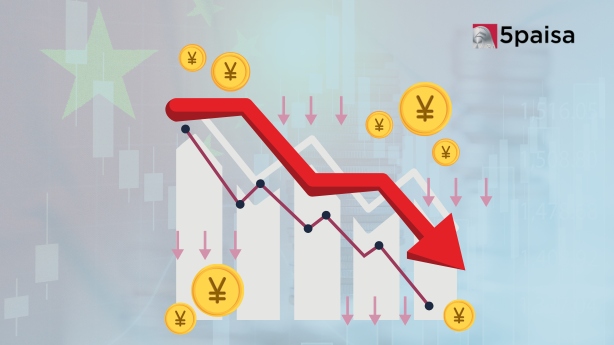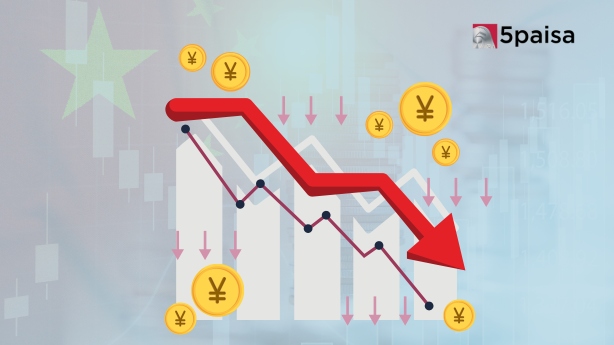iThe current values are delayed, open demat account for live values.
Nifty 50
Nifty 50 Performance
-
Open
22,516.45
-
High
22,625.30
-
Low
22,516.45
-
Prev Close
22,553.35
-
Dividend Yeild
1.42%
-
P/E
20.05
Nifty 50 Chart

Nifty 50 F&O
Nifty 50 Sector Performance
Top Performing
| Sector Name | Percentage Change |
|---|---|
| Diamond, Gems and Jewellery | 0.79 |
| Leather | 0.46 |
| Ceramic Products | 0.05 |
| Healthcare | 0.15 |
Under Performing
| Sector Name | Percentage Change |
|---|---|
| IT - Hardware | -0.83 |
| Dry cells | -2.19 |
| IT - Software | -0.09 |
| Banks | -0.57 |
Color code for Stocks Performance
- 5% and above
- 5% to 2%
- 2% to 0.5%
- 0.5% to -0.5%
- -0.5% to -2%
- -2% to -5%
- -5% and below
Constituent Companies
| Company | Market Cap | Market Price | Volume | Sector |
|---|---|---|---|---|
| Asian Paints Ltd | ₹215671 Cr |
₹2231.6
(1.48%)
|
1299871 | Paints/Varnish |
| Britannia Industries Ltd | ₹115649 Cr |
₹4805.05
(1.53%)
|
371878 | FMCG |
| Cipla Ltd | ₹119252 Cr |
₹1465.55
(0.88%)
|
1922135 | Pharmaceuticals |
| Eicher Motors Ltd | ₹137425 Cr |
₹4991.55
(1.02%)
|
492007 | Automobile |
| Nestle India Ltd | ₹214072 Cr |
₹2252.15
(1.45%)
|
829457 | FMCG |
Introduction
An index refers to a stock market portfolio with multiple securities based on the industry, category, and market capitalisation. Indices represent a country's economy and financial health.
NIFTY and SENSEX are synonymous with the Indian Stock Exchange. They are benchmark indices of the two leading stock exchanges in India. Investors use benchmarks to identify the overall market movement and trend.
Nifty 50 Definition & Meaning
Nifty 50 is a benchmark index of the National Stock Exchange of India which consists of top 50 blue chip companies listed on National Stock Exchange of India Ltd. (NSE). The 50 stocks are selected on the basis of liquidity and market capitalization. The Nifty 50 is an important tool for investors looking to invest in India's stock market. Nifty 50 consists of companies belonging to major sectors of the Indian economy and insight into the performance of the Indian economy and provides investors with valuable information about which sectors to invest in. The index is calculated based on free-float market capitalization, which means that only companies with a high float adjusted market cap are selected. Additionally, the Nifty 50 also has a diverse selection of stocks from various sectors such as banking, automotive, energy, and IT.
By tracking the movements of this index, investors can gain insight into the trends and performance of Indian companies on a larger scale. The Nifty 50 also serves as an indicator of investor sentiment, allowing them to gauge how markets may perform in the future.
Nifty 50 Script Selection Criteria
The Nifty 50 is selected based on the following criteria:
The company must be based in India and traded (listed & traded or not listed but permitted to trade) at the National Stock Exchange (NSE).
Only the shares of Nifty 100 index companies which are available for trading in NSE’s Futures & Options segment can be included in the Nifty 50 index.
A security is only eligible for the index if, over the course of six months, it traded at an average cost impact of 0.50% or less for an ₹10 cr portfolio for 90% of observations.
Companies must have an average free-float market capitalization that is about 1.5X the average free-float market capitalization of the smallest stock in the index.
A company that issues an initial public offering (IPO) may be eligible for inclusion in the index if it meets the standard eligibility requirements for the index, such as impact cost and float-adjusted market capitalization over a three-month period instead of a six-month period.
What is Nifty 50?
The National Stock Exchange (NSE) is among the most traded exchanges in India. Nifty 50 is the flagship index of NSE and represents the fifty leading companies traded on the stock exchange based on market capitalisation. The Nifty index replicates the price movement of a portfolio with the biggest and most liquid blue-chip companies.
While Nifty constitutes fifty of more than sixteen hundred companies listed on the NSE, it represents about sixty-five per cent of the float-adjusted market capitalisation. It also encompasses significant industries of the Indian economy.
Therefore, it accurately depicts the performance of the Indian economy and offers investors exposure to an effective and well-balanced portfolio of the financial markets.
History of the Nifty 50
SENSEX, the Bombay Stock Exchange index, dominated the financial markets until the introduction of Nifty. In April 1996, trading in NIFTY commenced and served as a standard for index funds and index-based derivatives.
India Index Services and Products Limited (IISL) owns and manages the Nifty index. IISL is the first to concentrate on an index as its core product in India.
In June 2000, the NSE introduced products with index futures. The Nifty 50 share price is the source for the futures contracts. In 2001, the exchange launched index options.
In July 2017, Nifty breached the 10,000 level. The Nifty chart moved from 1,000 to 10,000 in twenty-one years. In June 2024, Nifty reached a high of 23,337.90.
What are the benefits of investing in Nifty 50?
● Nifty 50 is a combination of financially stable companies from different sectors. Therefore, it has the potential to yield high returns.
● Typically, Nifty is subject to low volatility. Nifty 50 companies are resilient and can survive short-term fluctuations. The pace of recovery from bear markets is fast.
● With index mutual funds, you can invest in the markets periodically and avoid frequent portfolio rebalancing.
How to invest in Nifty 50 Stocks?
You may invest in Nifty 50 stocks as below:
1. Invest directly in Nifty 50 shares in the same proportion as the index.
2. Investment in an index mutual fund based on Nifty 50. An index fund allows you to invest in a customised portfolio managed by specialists.
Other Indices
| Indices Name | Price | Price Change (% change) |
|---|---|---|
| India VIX | 13.7975 | -0.64 (-4.45%) |
| Nifty 10 Yr Benchmark G-Sec | 2480.63 | 0.33 (0.01%) |
| Nifty 10 Yr Benchmark G-Sec (Clean Price) | 893.6 | -0.04 (-0%) |
| Nifty 100 | 23031.9 | 10.2 (0.04%) |
| Nifty 100 Alpha 30 Index | 15917.05 | -12 (-0.08%) |
Faqs
test
test
Latest News

- Feb 25, 2025
Chinese technology stocks took a significant hit after President Donald Trump intensified restrictions on U.S. investments in China, signaling an escalating financial and technological separation between the world’s two largest economies.

- Feb 25, 2025
Asian markets experienced a downturn following President Donald Trump’s decision to limit Chinese investments and proceed with tariffs on Canada and Mexico. This move led investors to pull back from riskier assets. Additionally, the decline in U.S. stocks at the close of trading further dampened market sentiment.
Latest Blogs
Introduction to Ashish Kacholia Ashish Kacholia's financial journey began in the 1990s. He gained valuable experience at firms like Prime Securities and Edelweiss before founding Lucky Securities in 1995. In 1999, he co-founded Hungama Digital with Rakesh Jhunjhunwala, showcasing his ability to spot emerging trends.
- Oct 10, 2025

Navigating the numerous banking options in India is essential for individuals and businesses alike. The best banks in India go beyond traditional banking, offering a wide array of financial services that play a crucial role in the country's economic stability. From innovative digital banking solutions to comprehensive investment and loan offerings, these famous banks in India serve as reliable financial partners.
- Apr 14, 2025
